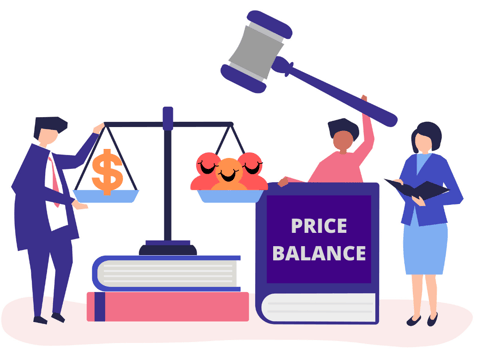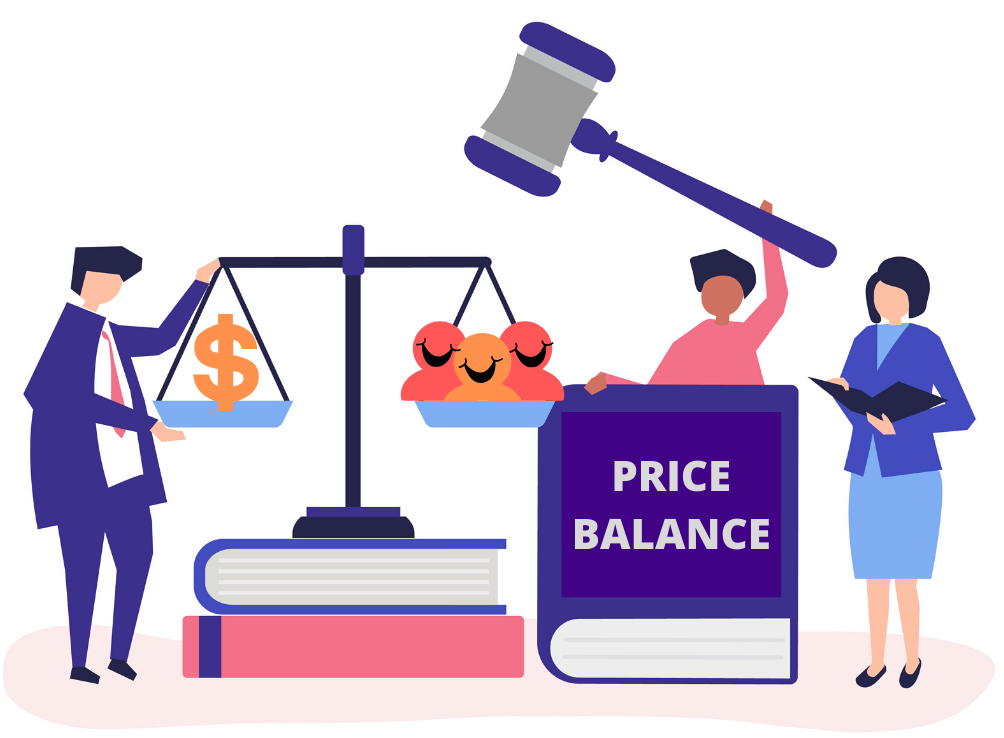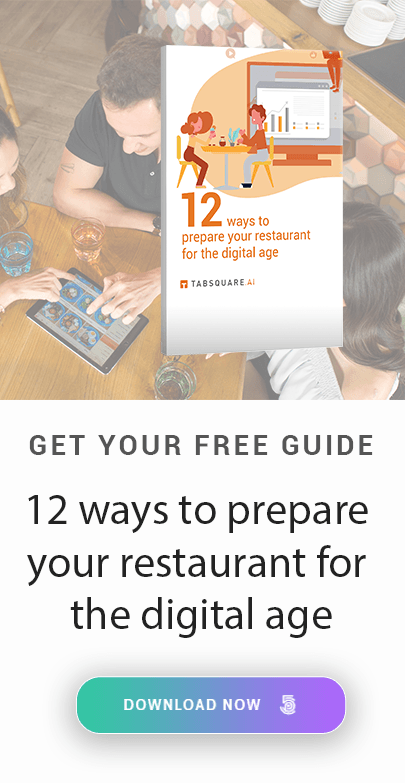By now you should know the importance of menu layout when it comes to boosting sales revenue.
In part 2 of our 'Boosting sales revenue with your menu' mini series we will be talking about the part that pricing and descriptions play in lifting sales revenue.
Mini-series inclusions;
- The role menu aesthetics and visuals play in improving sales revenue

Pricing is arguably one of the hardest parts of the menu to do correctly. Restaurateurs need to find the perfect balance between making money from the mark up and having customers walk away due to high prices.
As price is the biggest pain point and barrier when it comes to customers purchasing behaviour, menu engineer Gregg Rapp has detailed some ‘secret psychological strategies’ to help alleviate this barrier and persuade customers.
Some tips include;
- Removal of the dollar sign
- Removal of any dots or lines leading to the price
- Making the price less prominent with smaller text and no bold fonts
- Removal of column-based price formatting
- Keeping the price below the description
- ‘Decoy items’: Having a meal priced far higher than the rest – Making high price and margin items look less expensive
Drawing attention to the price makes customers choose what to order based primarily on the price factor alone. This is because they will browse through the cheapest options, rather than choosing what item they actually want to eat.
One way to alleviate this price-based persuasion is the inclusion of detailed descriptions. Your descriptions should stimulate your customers’ senses and help you sell the dish before they even glance at the price. If you use words that awaken nostalgia such as ‘home cooked’ meals or ‘Christmas dinners’ or words that stimulate their hunger such as ‘decadent’ or ‘crispy’ you will be sure to get their mouths watering. Preparation of the meal is another key factor that customers are interested in, as this too, can stimulate their senses. Detailed descriptions followed by less prominent pricing below the description help alleviate the customer spending pain point.
How to price your meals?
Research suggests that the cost of food should be between 30-35% of the price it is sold for.
You would not be doing yourself justice if you simply made up a price according to the price of the raw ingredients alone.
Factors to consider when determining the cost
- Cost of the food
- Preparation
- Serving
- Cleaning
- Occupancy – Rent/Electricity

The last key factor in choosing the right price for your meals is analysing the competitive landscape. If your competitors are charging $6.00 less than what you are, the likelihood is that your customers will find out, and could make the switch to your local competitors. This is of course if your meal and service isn’t superior, justifying the additional spend.
Companies such as TabSquare.AI help restaurant owners with pricing their menu. Within TabSquare.AI’s performance dashboard there is a matrix that maps the items you are selling based on the price they are being sold for and the quantity being sold. This matrix helps you know which items need to be promoted and even which items may need price increases to make a profit on them. This information, alongside an understanding of the profit margins of your dishes will allow you to have optimum menu pricing that will facilitate increased sales revenue.
Get in touch with the TabSquare.AI team today to learn more about how we can revamp your menu to achieve higher sales growth!
If you would like to learn about ways to reduce the biggest costs your restaurant incurs, download our e-book here.
.png)



